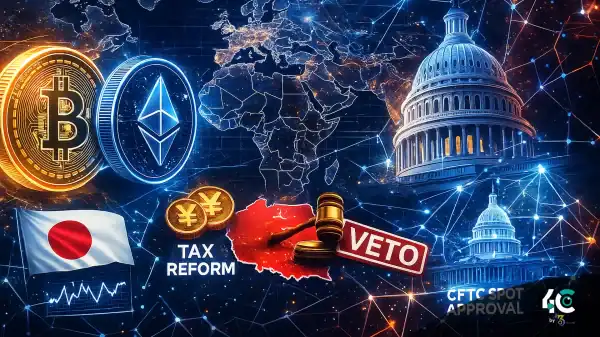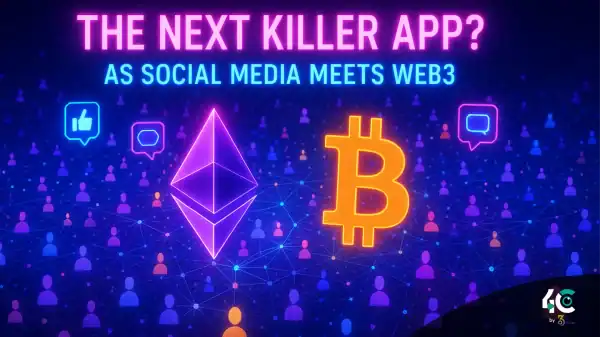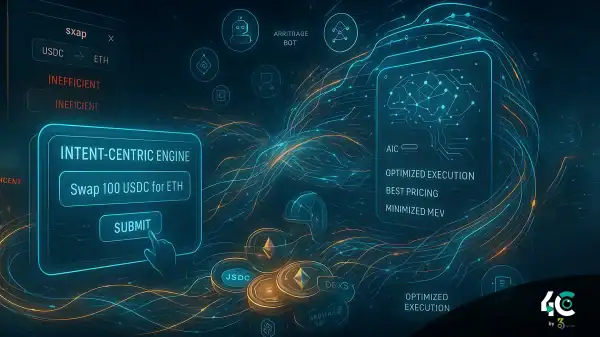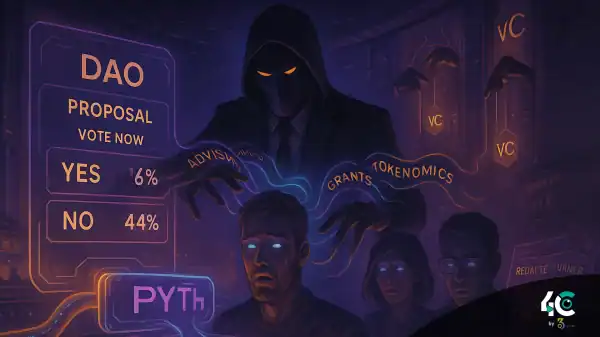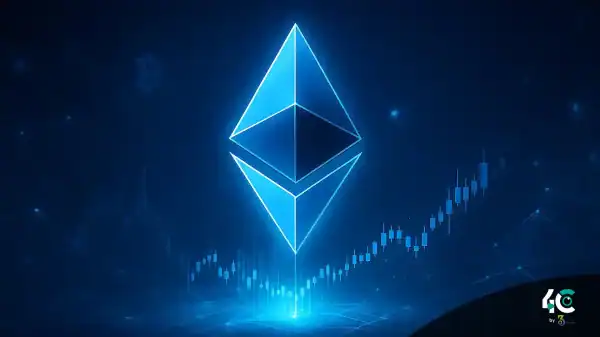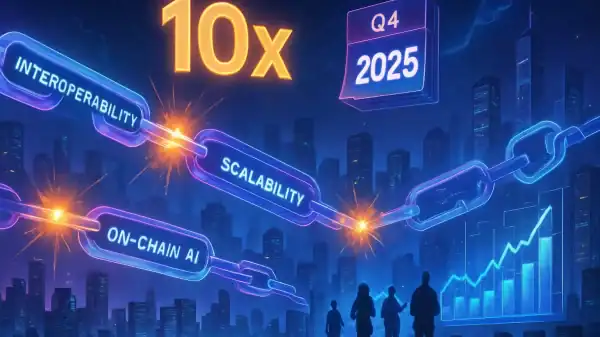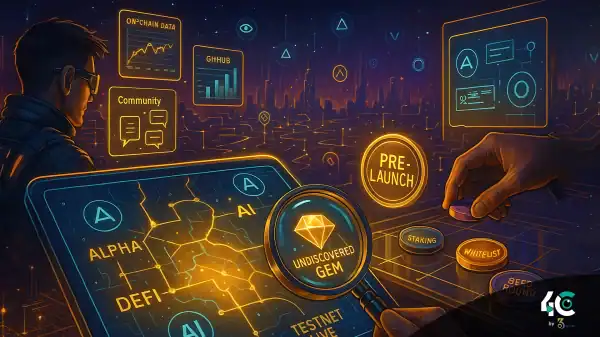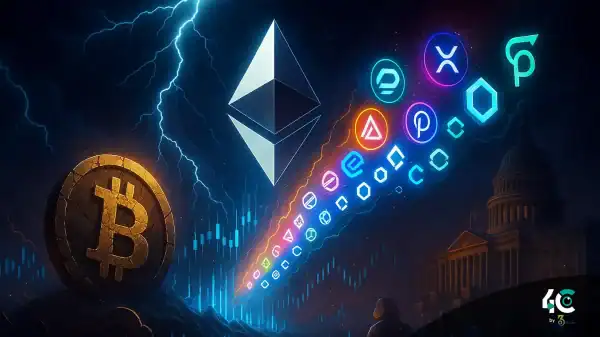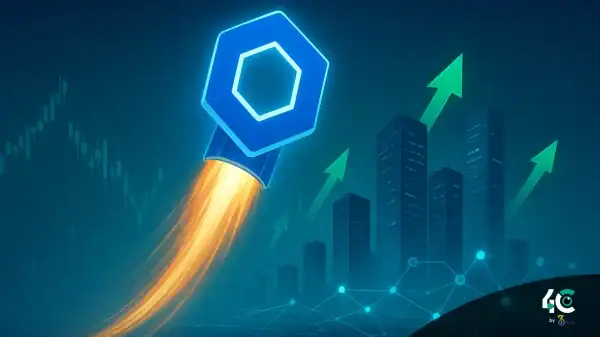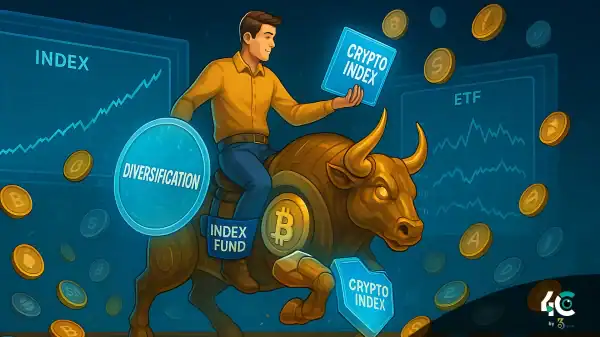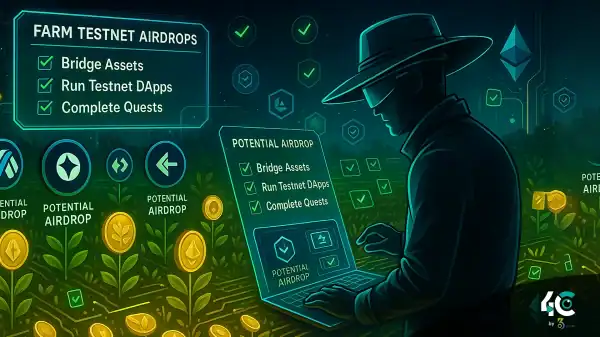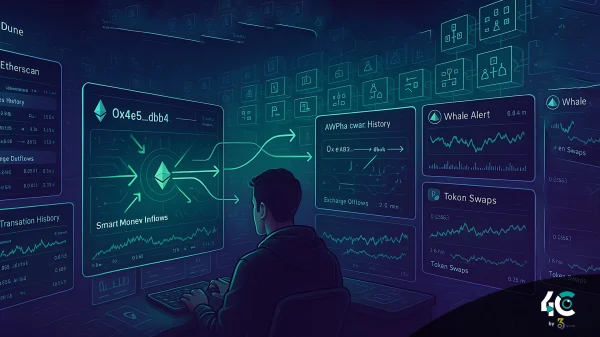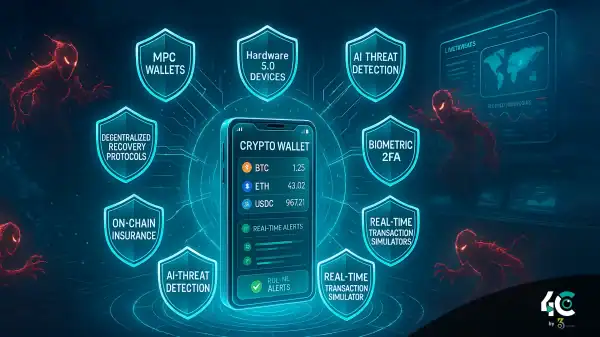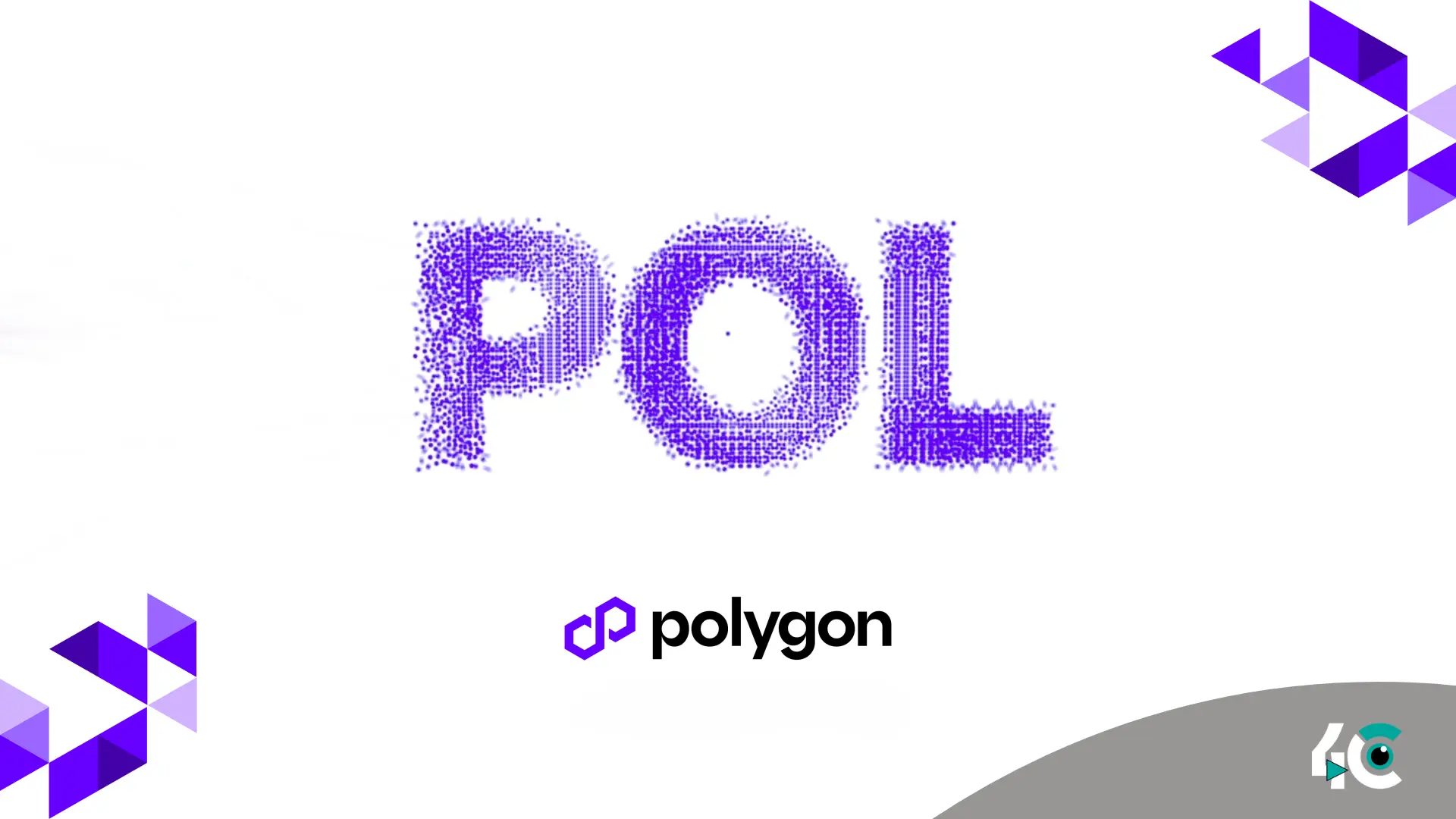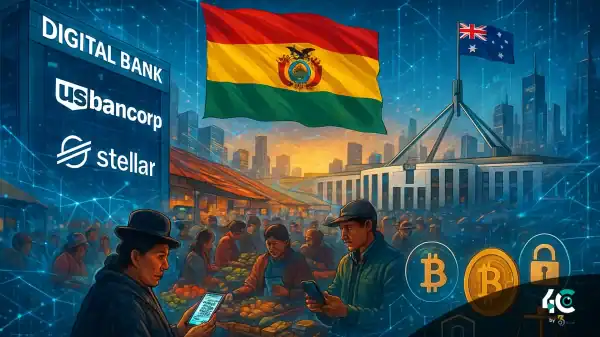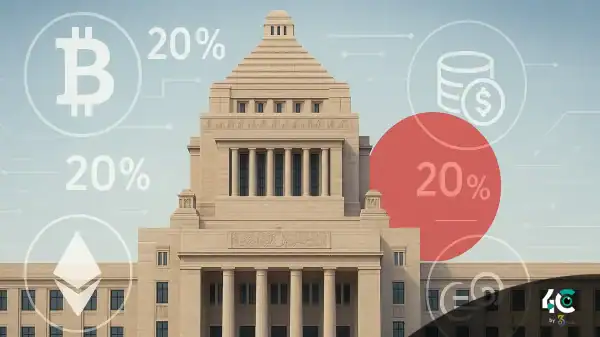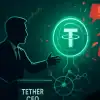Polygon has finally switched from its old MATIC token to the new Polygon Ecosystem Token (POL). This is a big improvement for the network. From September 4, this change makes POL the network’s main gas and stake token, taking the place of MATIC in a 1:1 ratio. The update is a key step on Polygon’s path to version 2.0, which aims to make tokens more useful and encourage more community involvement.
The CEO of Polygon Labs, Marc Boiron, says that this update adds 2% coin emissions, which gives the community more ways to interact with and help the network grow. Over the past year, the community held many in-depth talks to carefully plan the change, which shows how they all see Polygon’s future.
One of the best things about this change is that POL has become a “hyperproductive” coin. MATIC only got fees from gas and staking. POL, on the other hand, can now get fees from other sources, like staking, to make sure data is always available and spread out network sequencers. Ether (ETH), Ethereum’s original token, only gets gas fees. PoL, on the other hand, has more ways to make money.
The switch to POL is already live, but MATIC users don’t have to change their tokens right away. When MATIC is stabilized, it immediately switches to POL, making the update process smooth. In July, a change to the testnet went smoothly, which was the first step in the transfer.
Beyond the Polygon network, POL will play a bigger part in the future. It will work with Polygon’s AggLayer, which is an aggregation layer meant to link separate blockchains. This fits with Polygon 2.0’s goal of letting it grow infinitely and connecting big blockchains like Bitcoin and Ethereum.


